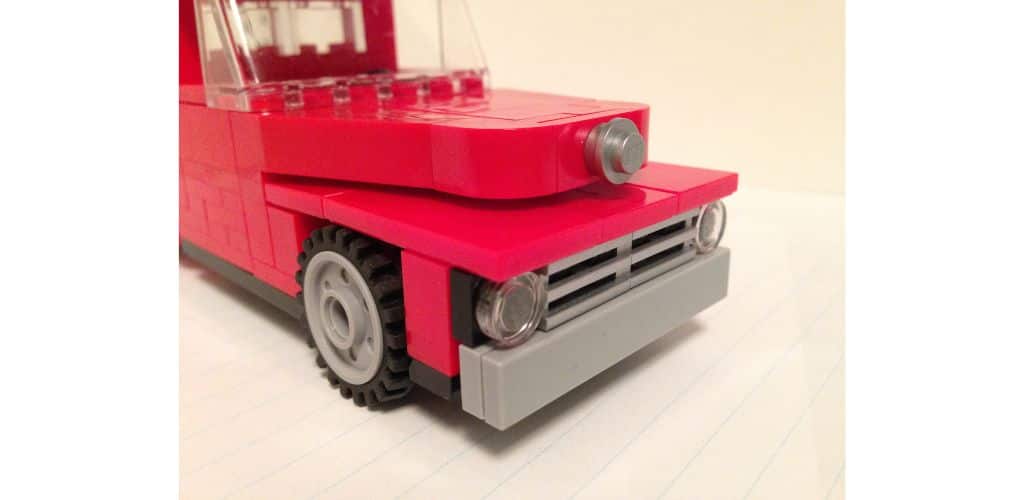The almost-full Federal Circuit (minus two judges) has overturned the Rosen-Durling test for determining design patent obviousness under 35 U.S.C. § 103.
Under 35 U.S.C. § 103,
A patent for a claimed invention may not be obtained, notwithstanding that the claimed invention is not identically disclosed as set forth in section 102, if the differences between the claimed invention and the prior art are such that the claimed invention as a whole would have been obvious before the effective filing date of the claimed invention to a person having ordinary skill in the art to which the claimed invention pertains.
As the court explained,
A design patent protects a “new, original and ornamental design for an article of manufacture.” 35 U.S.C. § 171(a). Under the Patent Act, the statutory provisions “relating to patents for inventions,” or utility patents, “shall apply to patents for designs, except as otherwise provided.”
Using the Rosen-Durling test, courts must first identify a prior art reference “the design characteristics of which are basically the same as the claimed design.” Next, if such a reference is identified, courts must consider whether the prior art can be modified based on other references to come up with “the same overall visual appearance as the claimed design.”
Instead of the test, the court adopted
an approach consistent with Congress’s statutory scheme for design patents, which provides that the same conditions for patentability that apply to utility patents apply to design patents, as well as Supreme Court precedent which suggests a more flexible approach than the Rosen-Durling test for determining nonobviousness.
The decision arose out of a dispute involving GM’s Design Patent No. D797,625, which claims a design for a vehicle’s front fender. This design is used in GM’s 2018–2020 Chevrolet Equinox.
Appellants LKQ Corporation and Keystone Automotive Industries, Inc. (collectively “LKQ”) filed a petition to institute an inter partes review of the patent, asserting that the challenged claim was unpatentable in light of prior art, including the front fender on the 2010 Hyundai Tucson.
The Patent and Trademark Appeals Board (PTAB or “the Board”), applied the ordinary observer test for anticipation of a design patent. This provides that which provides that
if, in the eye of an ordinary observer, giving such attention as a purchaser usually gives, two designs are substantially the same, if the resemblance is such as to deceive such an observer, inducing him to purchase one supposing it to be the other, the first one patented is infringed by the other.
The Board found that while “there are certain articulable and visible similarities in the overall appearance of the claimed design and [the prior art] that would be apparent to an ordinary observer,” differences between the designs included:
- the wheel arch shape and the terminus;
- door cut line;
- protrusion;
- sculpting;
- inflection line;
- the first and second creases; and
- the concavity line.
The Board also concluded that these difference “affect the overall visual impression of each design such that they are not substantially the same.”
The Board determined that LKQ had failed to establish that the challenged claim would have been obvious because LKQ failed to identify a Rosen test prior art reference.
The Board found that LKQ’s proposed reference differed from the claimed design in “the upper protrusion, the u-shaped notch, the door cut line, a circular wheel arch, the lower rear terminus, . . . first and second creases along with the concavity line, and the inflection line.”
On appeal, the Federal Circuit panel affirmed the Board’s decision, concluding that substantial evidence supports the Board’s finding that the prior art reference and the claimed design “created different overall impressions.”
However, the full court vacated the final written decision of the Board as to the nonobviousness determination and remanded for further proceedings.
The court said that design patents should be evaluated as follows, rather than under the old test:
the fact finder should consider the “scope and content of the prior art” within the knowledge of an ordinary designer in the field of the design. … In determining the scope of the prior art, there is no threshold similarity or “basically the same” requirement to qualify as prior art. Rather, an analogous art requirement applies to each reference. The analogous art requirement reins in the scope of prior art and serves to guard against hindsight. We reaffirm that an analogous art requirement applies for obviousness of design patents.
Just like the haiku above, we like to keep our posts short and sweet. Hopefully, you found this bite-sized information helpful. If you would like more information, please do not hesitate to contact us here.


